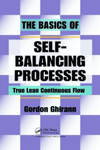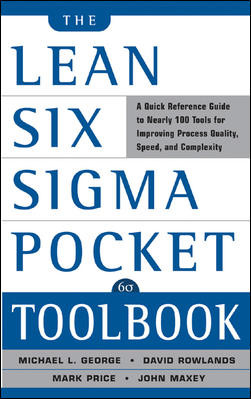Leading Lean: The Little Engine That Could
Everyone remembers the classic children's story, The Little Engine That Could, by Watty Piper. This engine was not new, powerful or full of features. But that little engine kept chuggin' along an inch at a time until it reached its goal.
Business must relearn this lesson. We have lost an appreciation for inch-by-inch progress toward success. The endless deluge of hype about overnight success, instant billionaires and cure-alls fails to mention the preceding years of struggle. This obsession manifests itself through what I call the Pareto-chart mentality. Many companies are only willing to consider a problem if it falls within the top five on their list of problems. But any company faces an infinite list of problems, and the combined effect of problems six through 1,000 far outweighs the top five.
An analog to the "little engine" can help you deal with all those problems. This is the effective use of an 80-year-old concept called Plan-Do-Check-Act, or PDCA. This is simple in concept, but difficult to master. Whether the problem is a massive corporate initiative or equipment leaking oil, start with a clear Plan. Then Do that plan. No magic so far, right? But most companies do very little of what comes next: Check.
Check means pausing to analyze the results. The Check step sets up the final step, Act or Adjust. We react to what we just learned during Check and either standardize what worked or return to the Plan and try again. But, instead of just moving on to another Plan, we now have specific knowledge about why and how to adjust the original plan to be more effective. The universal truth is that we spend the bulk of time and energy on planning and doing with very little time, energy and skill devoted to checking. But Check is where ALL real learning occurs. Without this step, all of our ideas, solutions and plans will remain theories until they are tested in reality.
The PDCA approach is nothing more than an application of the scientific method. In a lean organization, we want everyone to be an intensely curious scientist of his or her own processes. Why do so many companies and individuals struggle with this practice? The ability and desire to deeply understand our current state is the starting point for all effective learning. But, as a rule, this ability and desire are neither skill nor principle. Without a deep understanding of the process, we cannot be expected to develop an effective Plan for improvement.
The key to improvement is developing a hypothesis. This is not complex; it simply requires a clear statement of what result we expect from a specific action. For example, a hypothesis might be that we expect to reduce walk time by 20 seconds if we move a material rack. Unfortunately, a great chasm exists between having a plan for action and having a plan for learning. Without a hypothesis, however simple, of what we expect before we act we cannot learn.
Imagine two people that each perform a task 100 times. One performs correctly 75 times out of 100, but doesn't learn anything from either the successes or failures. The other only performs correctly 65 times out of 100, but learns from every success or failure. Who will do better in the long run? The answer is obvious, yet we treat our actions and improvements casually as if they only matter for today. We should instead treat our actions with the respect they deserve. Within the whole cycle of Plan-Do-Check-Act, they will provide much more than just immediate gratification. That's the analog to The Little Engine That Could. Climb aboard and see the progress you make.
Jamie Flinchbaugh is a founder and partner of the Lean Learning Center in Novi, MI, and the co-author of The Hitchhiker's Guide to Lean: Lessons from the Road. He shares his successful and varied experiences of lean transformation as a practitioner and leader through companies such as Chrysler and DTE Energy. He also has a wide range of practical experience in industrial operations, including production, maintenance, material control, product development and manufacturing engineering. Jamie is a graduate fellow of the Leaders for Manufacturing Program at the Massachusetts Institute of Technology, where his research thesis was on implementing lean manufacturing through factory design. He also holds a B.S. in Engineering from Lehigh University in Bethlehem, PA, and an M.S. in Engineering from the University of Michigan. To contact Jamie directly, go to the web site www.leanlearningcenter.com.
Looking for a reprint of this article?
From high-res PDFs to custom plaques, order your copy today!






